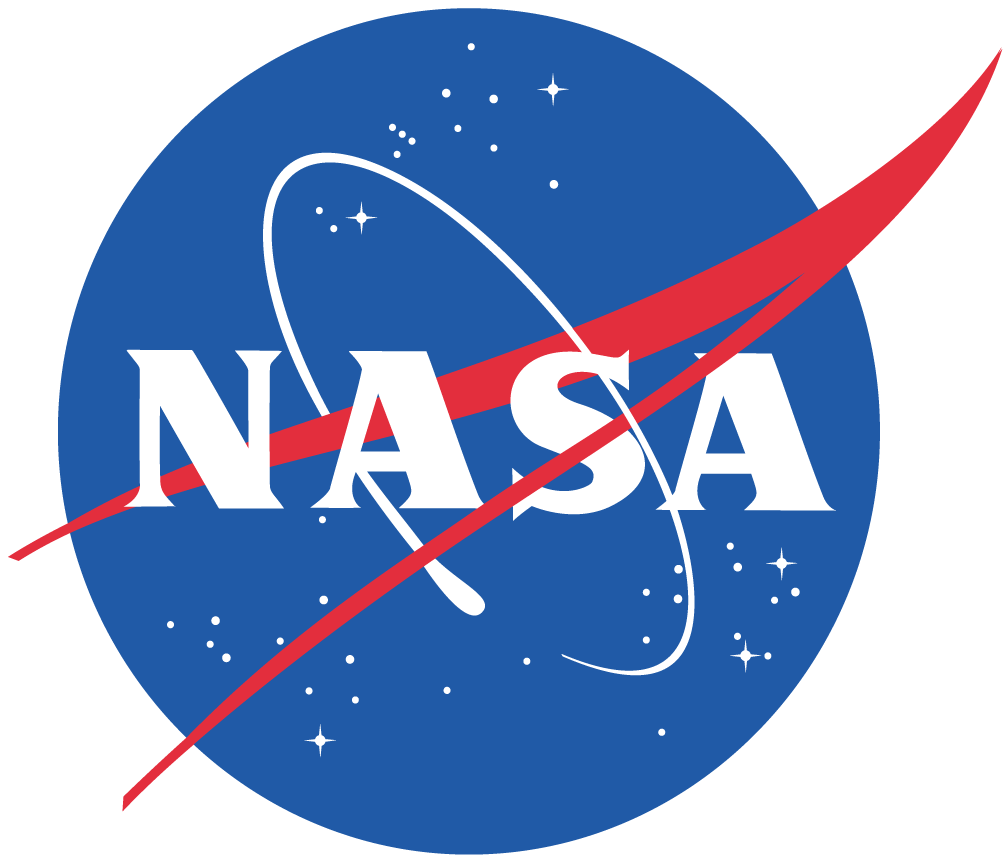
On March 17, the most important day for cosmology in over a decade, the
Harvard-Smithsonian Centre for Astrophysics made an announcement that
swept physicists off their feet. Scientists published the first pieces
of evidence that a popular but untested theory called cosmic inflation
is right. This has significant implications for the field of cosmology.
The results also highlight a deep connection between the theories of
relativity and quantum mechanics. This has been the subject of a
century-old quest in physics. Cosmic inflation was first hypothesized by
American physicist Alan Guth. He was trying to answer the question why
distant parts of the universe were similar even though they couldn’t
have shared a common history. In 1980, he proposed a radical solution.
He theorized that 10-36 seconds after the Big Bang happened, all matter and radiation was uniformly packed into a volume the size of a proton.
By the time it was 10-33 seconds old, its volume had increased by 1078
times — a period called the inflationary epoch. After this event, the
universe was almost as big as an orange, expanding to this day but at a
slower pace. While this theory was poised to resolve many cosmological
issues, it was difficult to prove. To get this far, scientists from the
Centre used the BICEP2 telescope.
Through the South Pole’s dry atmosphere, BICEP (Background Imaging of
Cosmic Extragalactic Polarization) 2 studies the 13.5 billion-year old
residual energy of the Big Bang called the cosmic microwave background
(CMB). This is a field of microwave radiation that permeates the
universe. The CMB consists of electric (E) and magnetic (B) fields,
called modes.
The B-mode patterns, in particular, have undergone some changes as the
universe aged. It is susceptible to gravitational effects. For example,
the E-mode can be twisted by the strong gravitational pulls of large
galaxies into the B-mode.
However, scientists were looking for effects of what are called
gravitational waves. These are waves of purely gravitational energy
capable of stretching or squeezing the space-time continuum.
The inflationary epoch is thought to have set off gravitational waves
rippling through the continuum. In the process, they etched their
effects on the B-mode, visible today as a curling pattern in the
magnetic field.
To find this, a team of radio-astronomers led by John Kovac from the
Harvard-Smithsonian Centre for Astrophysics used the BICEP2 telescope
from 2010 to 2012. It was equipped with a lens of aperture 26 cm,
scanning an effective area of two to 10 times the width of the Moon.
Then, they used the different datasets they’d collected to subtract
unwanted signals from one another until they were left with one that
showed only the amount of curl. Prof. Kovac said in a statement,
“Detecting this signal is one of the most important goals in cosmology
today.”
The curl due to gravitational waves was confirmed with a statistical
significance of 5.2 sigma — sufficient to claim evidence — but only in
the part of the sky they mapped. The team has set a significance of 2.7
sigma for the rest of the sky, and future work will focus on
strengthening this.
Scientists were also looking for a ratio called the tensor-to-scalar
ratio. It denotes the amplitude of the gravitational waves. Its value
has been found to be 0.20 plus or minus 0.05. Although theoretical
predictions had pegged it between 0 and 0.3, scientists had expected it
to be less than 0.2. The higher value means the ancient gravitational
waves were more powerful than expected, and could explain why galaxies
formed so rapidly after the inflation.
Now, astrophysicists from other observatories around the world will try to replicate BICEP2’s results.
It is notable that gravitational waves are a feature of the theories of
relativity, and cosmic inflation is a feature of quantum mechanics.
Thus, the BICEP2 results show that the two previously exclusive theories
can be combined at a fundamental level. This throws open the door for
physicists to explore a unified theory of nature in new light.








